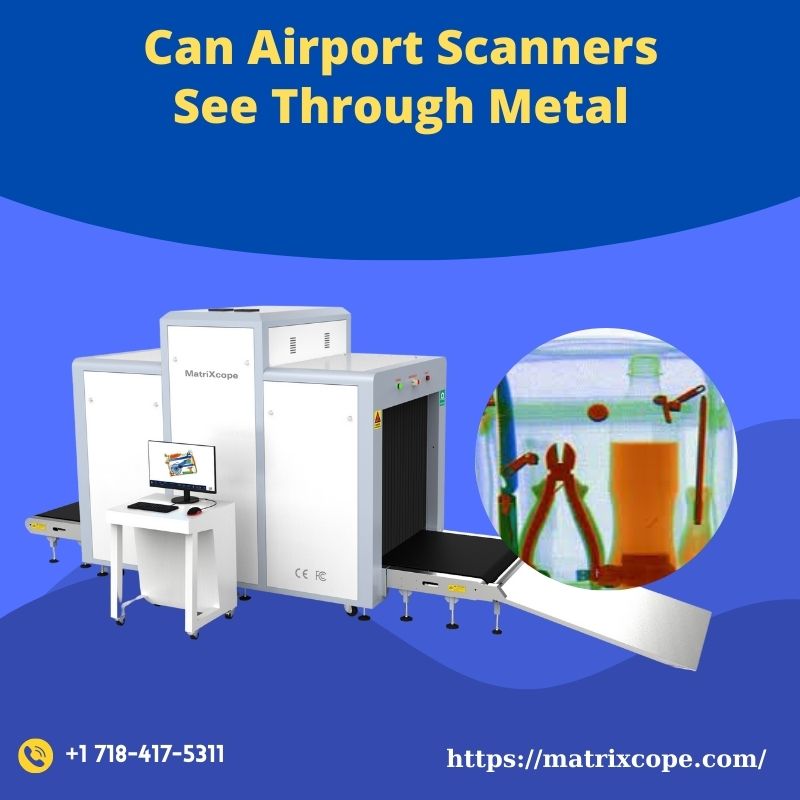Blogs
Can Airport Scanners See Through Metal?
Airport security is a critical component of modern travel, ensuring the safety of passengers and crew. One of the key tools used in this process is the airport scanner. A common question that arises is whether these scanners can see through metal. Here’s a detailed look into how airport scanners function and their capabilities regarding metal detection.

How Airport Scanners Work
Airport scanners use different technologies to screen passengers and luggage. The two primary types of scanners are:
X-ray Scanners: These are typically used for scanning luggage. They use low-level X-rays to create images of the contents inside bags. The X-rays pass through materials at different rates depending on their density. Metal, being dense, appears clearly on the scanner’s screen, often highlighted in a distinct color such as blue or orange.
Millimeter-Wave Scanners: These are used for scanning passengers. They use non-ionizing electromagnetic waves to create a 3D image of the body. These waves penetrate clothing but are reflected by the skin and any concealed objects, including metal.
Can Airport Scanners See Through Metal?
The ability of airport scanners to “see through” metal depends on the context:
X-ray Scanners: X-ray scanners cannot see through dense metal objects. Instead, metal objects appear as opaque or dark areas on the X-ray image. This opacity indicates the presence of metal, prompting further inspection by security personnel. For instance, items like laptops, metal tools, and electronics are clearly visible in scanned images, allowing operators to identify potentially dangerous items.
Millimeter-Wave Scanners: These scanners do not see through metal but can detect metal objects on a person’s body. The waves are reflected by metal, creating an image of the object’s outline. Security personnel can then determine if further inspection is needed.
Importance of Metal Detection in Airport Security
Detecting metal is crucial in airport security for several reasons:
Weapons Detection: Metal detectors are essential for identifying weapons such as guns, knives, and other metallic weapons.
Prohibited Items: Items like tools, electronics, and even some liquids that may pose a threat are often made of metal or contain metal components.
Safety Compliance: Ensuring that all metallic objects are screened helps maintain overall safety and compliance with international aviation regulations.
Limitations and Considerations
While airport scanners are highly effective, they are not without limitations:
False Positives: Everyday items like belt buckles, jewelry, and coins can trigger alerts, leading to false positives and potentially delaying the screening process.
Privacy Concerns: Advanced imaging technology raises privacy issues, although modern scanners are designed to address these concerns by using generic human outlines instead of detailed body images.
Technological Advancements: Continuous improvements in scanner technology aim to reduce these limitations, making security checks faster and more accurate.
Conclusion
Airport scanners play a vital role in maintaining the safety and security of air travel. While they cannot see through dense metal, they are highly effective at detecting metal objects, ensuring that prohibited and dangerous items do not make it onto airplanes. Understanding how these scanners work and their capabilities helps passengers appreciate the importance of these security measures and the technology behind them.
